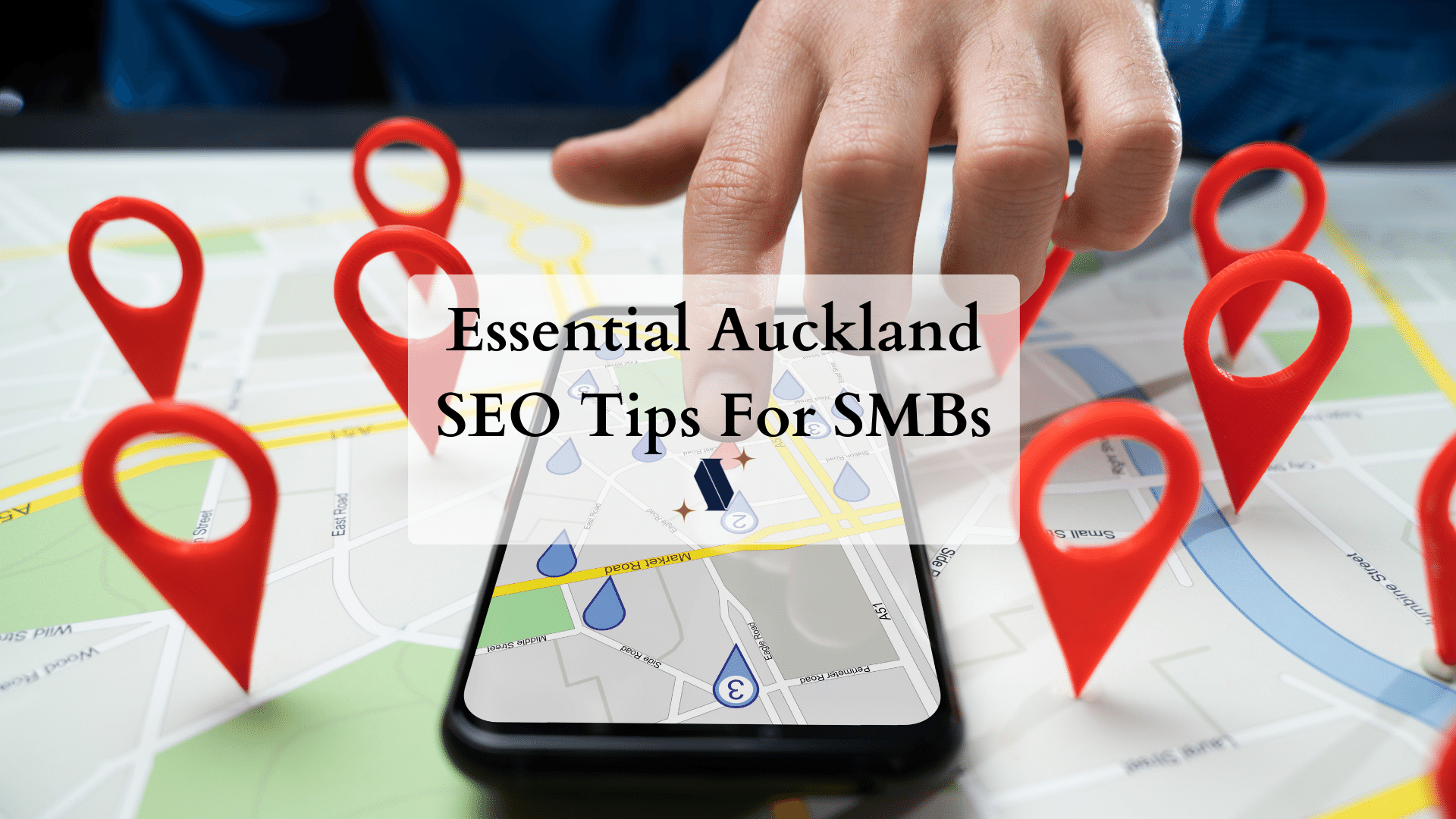Website landing pages are primarily for pay-per-click advertising i.e. Google Ads. They typically have little navigation features to encourage the user to:
- Contact the business
- Sing up
- Purchase a product
- Subscribe
We’ll focus on the best practices for landing pages for service-based businesses. i.e. you’re an electrician or a plumber and want to attract higher-quality leads with Google Ads.
Establish your objective – generate leads
As a service business, your goals are leads – phone, email and form inquiries. Help the user find this information quickly by placing it where they are most likely to look. Usually, this is in the over-the-head or top of the landing page.
Identify your target audience

A target audience represents a specific group of consumers to whom a product or service is aimed. This group is defined by shared characteristics like demographics, behaviours, psychographics and interests. Keep in mind, unless you’re doing focused groups, this is not a scientific process. It’s an educated guess informed by your experience and somewhat of research. Below is an example of the target audiences for our client:
Client segment:
Residential property owners:
- Those seeking to replace or maintain existing roofs
- Owners of new buildings affected by subpar workmanship
Commercial property stakeholders:
- Body corporates
- Developers
- Commercial real estate owners
- Building managers
Construction professionals:
- Builders, developers, and contractors in need of roofing services for new residential structures
Heritage property owners:
- Owners of heritage villas needing roof restorations and including painting.
Characteristics
Target customers have previously encountered unreliable, low-cost tradespeople and now seek a stress-free and reliable experience from their roofer.
Behaviour
Target audience values high-quality workmanship and are not price-sensitive. They appreciate being provided:
- guarantees and discolour statements for projects; and
- quotes that are precise and have little risk of budget blowouts, albeit being more expensive compared to other companies.
Having a defined target audience makes drafting copies and designing creatives far more directed.
Craft engaging headlines and hero text:
Ensure your headline and hero text communicate with your target audience and provide a solution to their problems. Don’t make it about your business; people care about how can help them over brand identity and philosophy.
The era of brand identity is passing, if not, already passed, because search engines are so good at helping people find solutions to their problems.
Use captivating copy:
Remember that the attention span of users has shortened. Ensure your copy is focused and to the point, employing bullet points where pertinent. Confident CTAs and visible contact information are imperative to elicit customer interaction.
Draft the copies that are solution-focused. Users on a landing page are familiar with the issue and are searching for a solution.
Use a Q&A section to answer potential queries and provide ample information in order to increase your keyword quality score. The higher your score is, the less you pay per click for ads that use those keywords.
Utilize eye-catching imagery:
Deploy high-definition visuals to snag customer attention and exhibit your products effectively. Ideally, this is a job for a designer and no amount of instructional writing can replace experience. If you don’t have a designer, use a template page page design.
Responsiveness
When designing landing pages, guarantee a seamless user experience across devices. Being responsive means your content is legible and usable, irrespective of the device’s screen size.
Conclusion
In Pay-Per-Click (PPC) or Search Engine Marketing, It’s important to have well-designed, concise copies and responsive landing pages. PPC incur charges based on impressions and clicks – i.e. you pay per click. The cost of advertising lowers when your landing page provides a pleasant user experience and uses copies relevant to the keywords included in your ad campaign.
It’s judicious and business prudence to ensure you’ve done all you can to increase the likelihood of users converting into leads.






